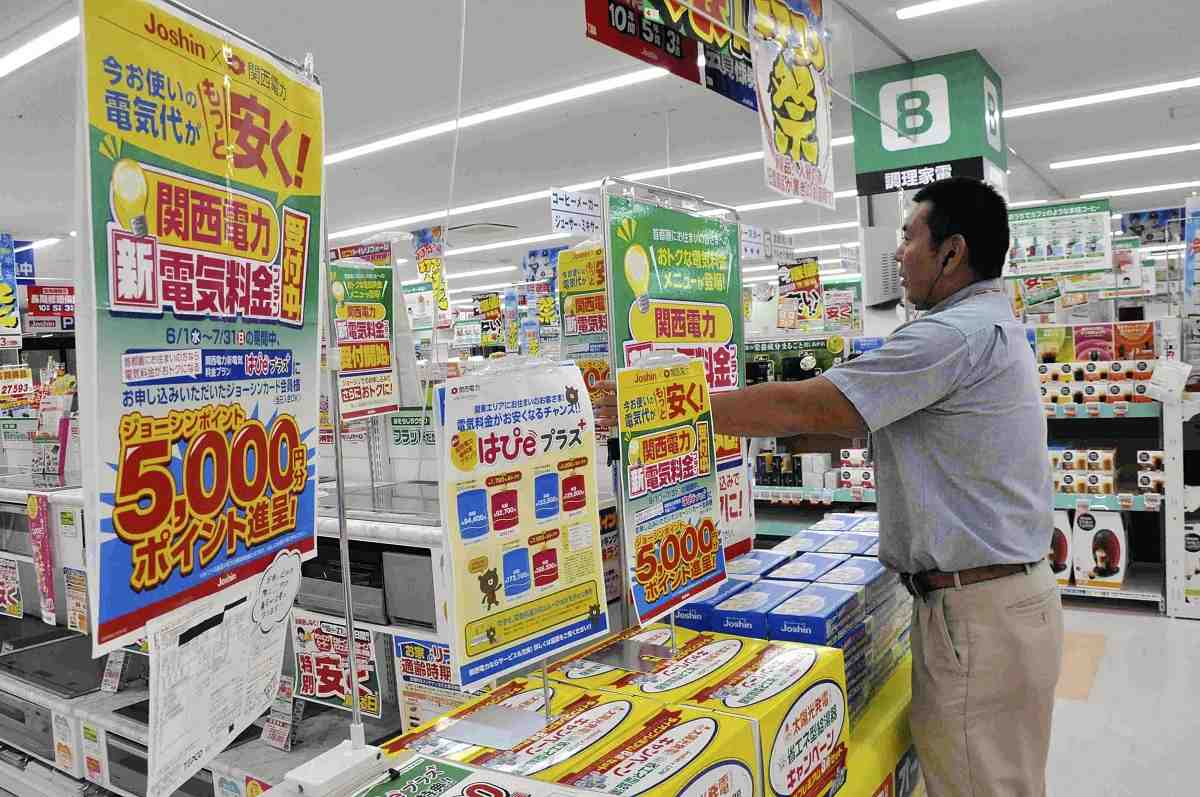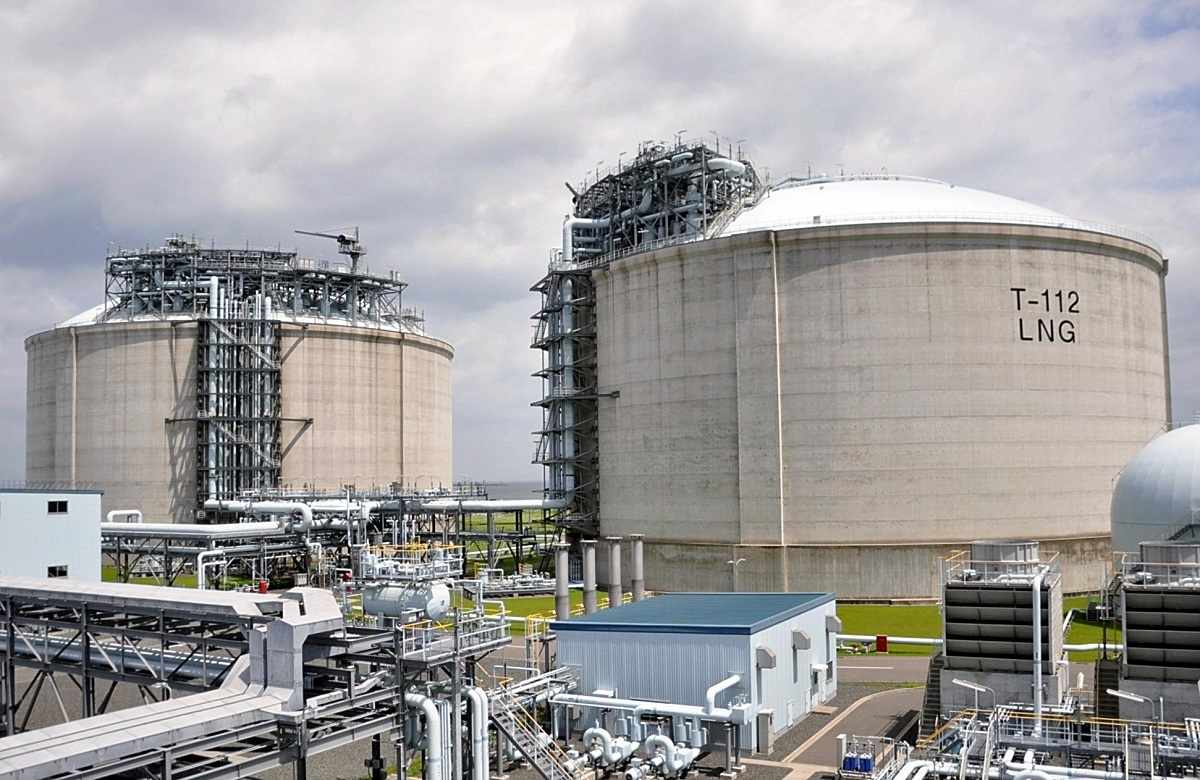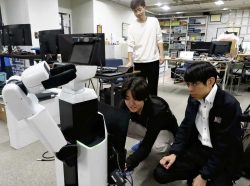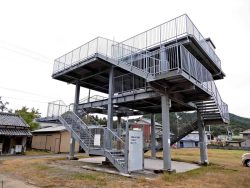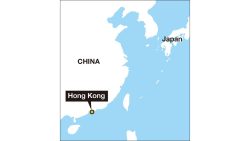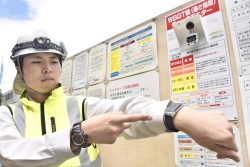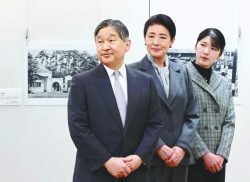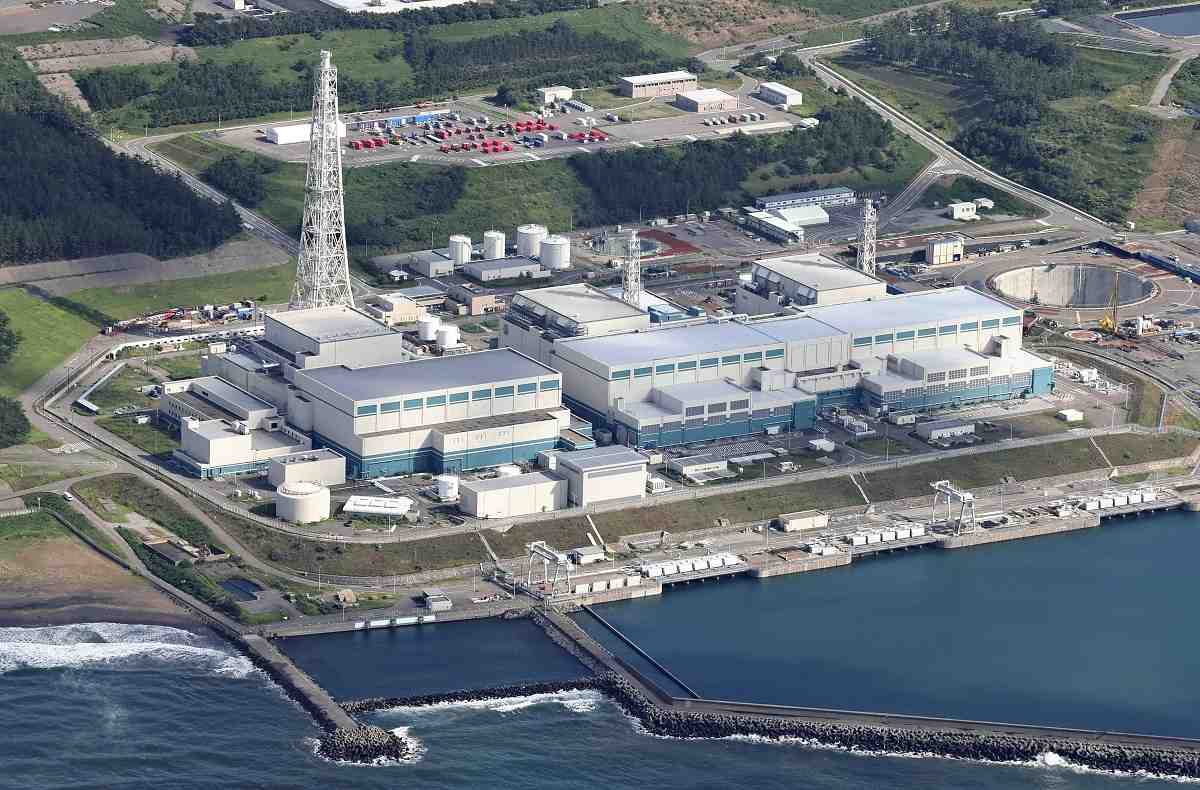
Reactors Nos. 5, 6 and 7, from left to right, are seen at Kashiwazaki-Kariwa nuclear power plant in Niigata.
21:00 JST, November 29, 2023
Recent events have shaken global energy markets and affected Japan, which relies on imports for most of its fuel. This is the third and final installment of a series examining potential challenges for the nation’s electric power industry.
***
Despite a desperate need for data centers — buildings that store, process and distribute electronic data — providers are finding it difficult to operate such facilities.
Electricity, which is utilized to cool servers and other computing equipment, currently accounts for around 15% of operating costs.
“The present business environment is dire,” said a director of a data center operator in the Tokyo metropolitan area. “It’s becoming harder and harder to build new facilities.” The company has raised its lease rates by between 20% and 30% this year.
According to major real estate service provider CBRE K.K., data centers in the Tokyo metropolitan area had an average occupancy rate of 88% last year. In today’s tight market, data center lease rates are about 30% higher than they were in 2020.
“Against the backdrop of strong demand, lease rates are set to continue rising to a certain degree as electricity costs are passed on to the rates,” CBRE spokesperson said.
This trend could hamper the government’s digitalization policy.
The cost hikes are related to the weak yen and rising prices for crude oil and natural gas, both of which are used in thermal power generation.
Since the summer of 2022, Tokyo Electric Power Company Holdings Inc.’s electricity rate for households with average power usage have exceeded ¥9,000 a month. The retail electricity sector was fully liberalized in 2016 in hopes of lowering electricity bills through competition, but bills have instead risen significantly from the pre-liberalization level of around ¥6,500.
The government has been subsidizing electricity and gas bills since January — electricity is now subsidized by ¥7 per kilowatt-hour. Even so, TEPCO’s rate in November was still high at ¥7,459.
The subsidy, which was initially supposed to stop on Sept. 30, was prolonged until the end of December and is set to extended again until next April under the economic stimulus package approved by the Cabinet in November.
The government has already allocated about ¥3.1 trillion in the supplementary budget for fiscal 2022. Large sums of cash continue to be spent on this quick fix — which is hardly a radical measure to lower electricity bills — and there seems to be no clear end in sight.
Demand for electricity is expected to grow stronger in the future due to the spread of electric vehicles, among other factors. Japan relies on thermal power for about 70% of its total electricity generation and renewable power is heavily constrained by transmission lines.
“Current electricity rates are determined by fuel costs,” said International University of Japan President Takeo Kikkawa, an expert on the energy industry. “We’ve no choice but to rely on existing nuclear power plants for the time being.”
Nuclear power plant operation is expected to reduce fuel costs by several tens of billions of yen per year per unit. Seven power companies, including TEPCO, raised their electricity bills for households in June. However, Kansai Electric Power Co. and Kyushu Electric Power Co. — which have operational nuclear plants — did not.
TEPCO, which was effectively nationalized after the 2011 Great East Japan Earthquake, has been unable to restart reactors Nos. 1 to 7 at its Kashiwazaki-Kariwa nuclear power plant in Niigata Prefecture since the disaster. In 2021, the Nuclear Regulation Authority requested that TEPCO implement corrective measures relating to 27 issues after discovering misconduct at the plant, including an employee illegally entering the central control room with someone else’s ID card. To restart the plant, it is necessary to gain the understanding of the local community, but there seems little prospect of this.
“In terms of the Japanese economy, it’s unthinkable not to use reactors Nos. 6 and 7, both of which are state-of-the-art,” Kikkawa said. “The government should consider restructuring the industry, including establishing a new nuclear power plant operator to replace TEPCO, which has lost credibility.”
"Business" POPULAR ARTICLE
-

Tokyo Economic Security Forum to Hold Inaugural Meeting Amid Tense Global Environment
-

Keidanren Chairman Yoshinobu Tsutsui Visits Kashiwazaki-Kariwa Nuclear Power Plant; Inspects New Emergency Safety System
-

Imports of Rare Earths from China Facing Delays, May Be Caused by Deterioration of Japan-China Relations
-

University of Tokyo Professor Discusses Japanese Economic Security in Interview Ahead of Forum
-

Japan Pulls out of Vietnam Nuclear Project, Complicating Hanoi’s Power Plans
JN ACCESS RANKING
-

Tokyo Economic Security Forum to Hold Inaugural Meeting Amid Tense Global Environment
-

Keidanren Chairman Yoshinobu Tsutsui Visits Kashiwazaki-Kariwa Nuclear Power Plant; Inspects New Emergency Safety System
-

Imports of Rare Earths from China Facing Delays, May Be Caused by Deterioration of Japan-China Relations
-

University of Tokyo Professor Discusses Japanese Economic Security in Interview Ahead of Forum
-

Japan Pulls out of Vietnam Nuclear Project, Complicating Hanoi’s Power Plans
